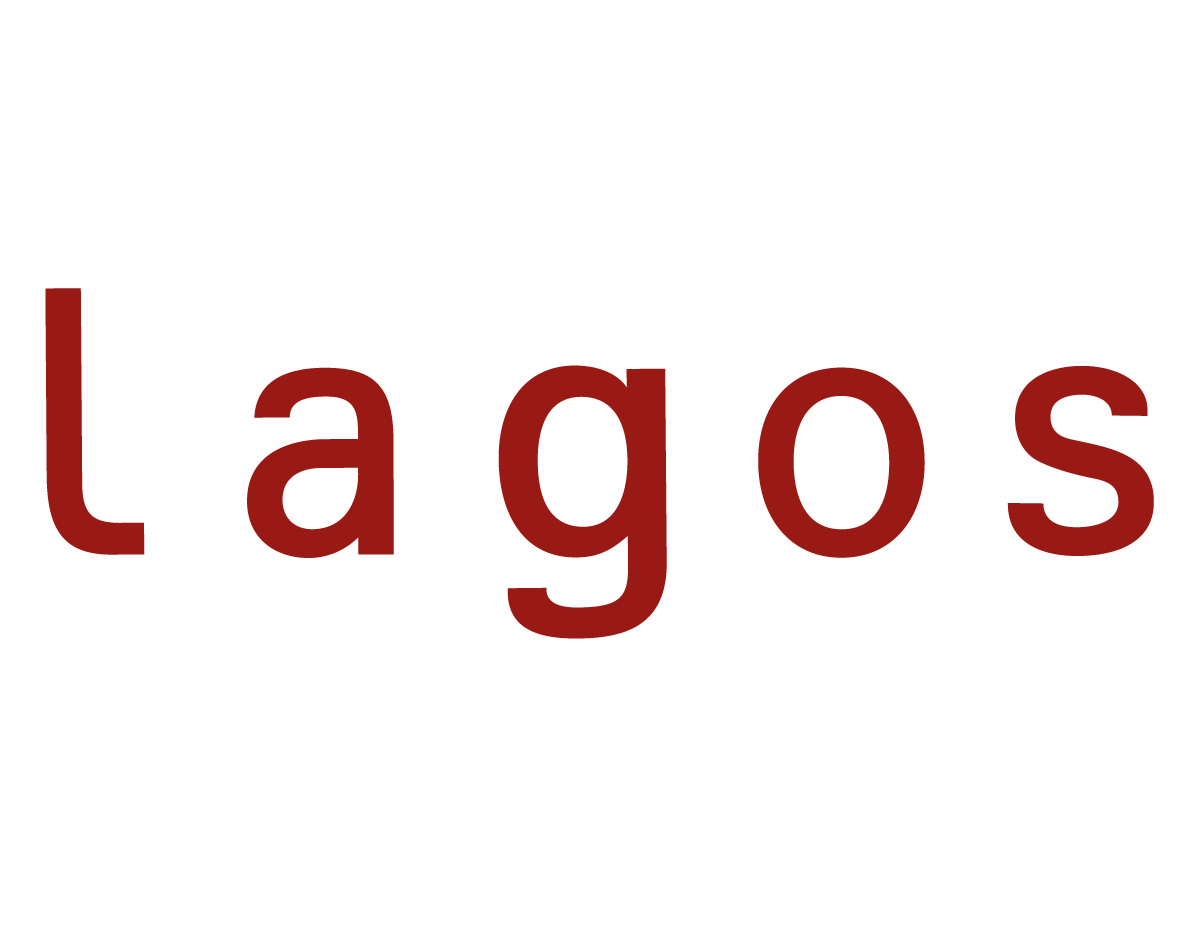RESIDENT
MAGALY VEGA
MEXICO - UNITED STATES
Magaly Vega Magaly Vega López was born in Mexico City in 1986. She is an artist, visual storyteller and educator that uses counter-narratives to start a dialogue on the violent acts of reality and pursues possible social healings through art.
She uses art to imagine a wide range of possibilities and stories. She likes the idea of creating fiction that seemed quite “real”. Stories that we can relate, between the familiar and the oddness, she plays. She believes that only through listening to your community you can achieve a profound knowledge of humanity.The interaction with her community and her teaching practice allows her to create art that responds to world she engages with.
Using art as a medium to understand the world, to engage with our community and imagining a better future. Art as a powerful tool for education. Art as a social-act rather than an individual practice.
She is currently pursuing a graduate degree in Art and Art Education at Teachers College, Columbia University. The artist holds Master of Art + Education from NYU Steinhardt, class 2019, a Master of Fine Arts from the New York Academy of Art, class 2016 and BA Interactive Design from Universidad Iberoamericana.
She lives and works in NYC and Mexico City, and her work has been exhibited in the United States, Mexico, Spain, Argentina and Germany. She is been awarded a couple of artistic residencies in Russia, Argentina, France, Switzerland and Mexico.
not everything that floats perishes
searching for an oasis of peace
I surrender to the old gods
Can you smell the violence in the beauty?
How can we keep the beauty
and shake off the violence?
Where to find domestic activities invisible and unattended when you can't enter domestic spaces? can domestic violence spread into public spaces? Walking for a month in the colonia Anahuac in Mexico City, wanting to find where the violence of the invisible dwells, using my memory, my experiences, photographic records and the events of violence in the colonia Anahuac from 2020 to 2021 I found that in all that we do not see, that we do not associate with violence one learns to walk on our dead spirits, resisting the inevitable. Living altars to shake off violence and plants to protect us from inevitable falls.
The Anáhuac neighborhood that once belonged to the Santa de Julia neighborhood and for many of its inhabitants is still part of that neighborhood. It is the neighborhood of the Miguel Hidalgo delegation with the highest rate of violence. As women's bodies are thrown off balconies and assaults on passersby end in death, one wonders if one can really get there and enter without being disturbed. The symbol of the virgin as protector in Mexico is something one learns on a daily basis as a Mexican. In grandmother's rosary, in the processions of the towns, in the colorful pendants and medals and in many occasions we entrust ourselves to her in situations of violence. I see a virgin and I remember a 15 year old me trying to calm my anxiety, and ask for everything to stop, a few seconds of peace with the prayers of the rosary. I walk through Colonia Anahuac and all those altars are more than altars, they are the question of why drugs, human trafficking and domestic violence do not end and inhabit the daily life of this neighborhood. How many altars are needed to return to a safe community? And who benefits from the absence of such altars?
In this residency through actions and a site specific installation I inquired about how we can leave by connecting with the past/roots and rethink the future both personal and communal. How to talk about violence to generate thoughts of nurturing and not destruction? How to search, find the tools and transform the objects I count on to build a shelter and eventually.










